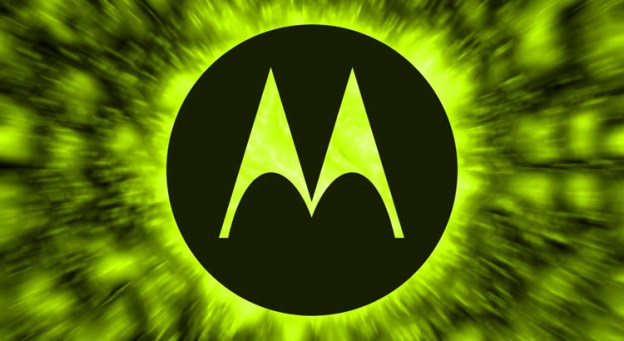
2011 has been a big year for Google, full of product announcements and growth. However, few announcements can overshadow yesterday’s news that Google plans to purchase Motorola Mobility for $12.5 billion in cash. We’ll be addressing the impact of this announcement from many angles, figuring out what it means for Android and the growing patent wars, but first, we’d like to take a moment to speculate on some of the cool ways Google and Motorola could symbiotically work together in the near future.
So long NinjaBlur

The nakedness of Android on Motorola may force Google to continue to aggressively upgrade the default design and look of Android on handsets and tablets. We welcome this change.
Hello updates and rooting
There are more benefits to using the stock version of Android. By choosing to stick tight and use Google’s UI without all of the heavy modification, Motorola could have a big advantage that will draw in geeks of all types. Much like Nexus S owners, Moto owners could be six to nine months ahead of other handset owners when it comes to receiving Android operating system updates, which Google tends to release twice a year. Without a clunky custom user interface and apps to tweak and rework around every new release, Motorola could become the most responsive and iterative handset maker on the market. Those who want to run the latest and greatest Android OS will choose Motorola. I know I would.
Then there’s the issue of changing the bootloader and rooting. Motorola has long had a policy against geeks digging around and tampering with its devices, but Google has a more open policy toward rooting and modifying OS attributes. Chrome OS was built with rooting as an identified feature. We’d love to see a unified Motorola and Google embrace the hacking world. After all, what good is expensive technology if we can’t play with it?
Atrix Laptop Dock gets an Ice Cream Sandwich redesign

We really liked the concept behind the Motorola Atrix and its laptop dock. The concept largely failed in its first go around thanks to a strange custom interface for the laptop that had few to no apps and a horribly expensive price, but there is a future for laptop and smartphone symbiosis, and it’s coming faster than we think. A joined Google and Motorola might be able to explore the concept more effectively (and affordably). Android “Ice Cream Sandwich” will rear its head in the coming months and promises to work on both tablet and smartphones, changing its interface from a Honeycomb-like desktop to a smartphone display on the fly. This OS will naturally lend itself to a smartphone laptop dock like the Atrix had without any of the hassle the Atrix came with. Imagine plugging your smartphone into a dock and instantly using it as a laptop of sorts, complete with a keyboard and an extended battery that actually charges your phone while you use it. Sign us up.
Google TV gets a take 2
Since it’s debut in late 2010, Google TV has been so unpopular that returns of the Logitech Revue box are actually outpacing sales. Few products have failed so quickly, though the Microsoft Kins come to mind. In any case, Apple TV is doing quite well and Google is not ready to give up on the TV market yet. The company has been quietly reworking Google TV and will likely relaunch it later this year or early next. What better company to partner with than one of the leaders in set-top boxes? If you’ve been a Comcast or cable subscriber, chances are you’ve used a Motorola DVR or cable box.

We don’t think that Comcast is suddenly going to embrace Android or Google TV, but Motorola certainly has the know-how where it relates to connecting cable TV to the Internet and recording television. We’d love to see what the two companies can cook up together.
MotoNav gets a Google Nav boost

There are a lot of cool possibilities that have, until now, been left untouched. We admit that Motorola’s Droid car dock accomplishes much of what we want here, though it would be nice to have a navigation system without having to plug in your phone every time.
Conclusion
These are five very broad ideas that present themselves off the bat, but we trust engineers at both Google and Motorola have plenty more in mind. Motorola is also in the smart appliances business, which is a big area where Google plans to take Android as well. Assuming Google and Motorola can learn to work cohesively, this could be one of the best purchases Google has ever made. Until now, Android’s fate has largely been out of Google’s hands, but with Motorola, the search giant can now take the helm of its own operating system and steer its future, much like Apple has done with the iPhone and Microsoft is doing with Nokia. We have no idea what is in store, but it’s exciting.
If you have ideas for ways Google and Motorola might work together, let us know. Think the whole thing is a crock? Share those opinions too.


